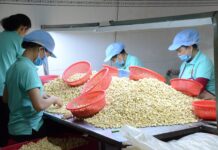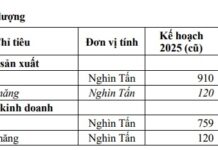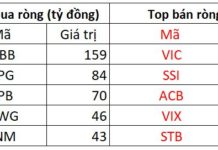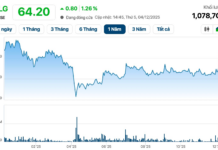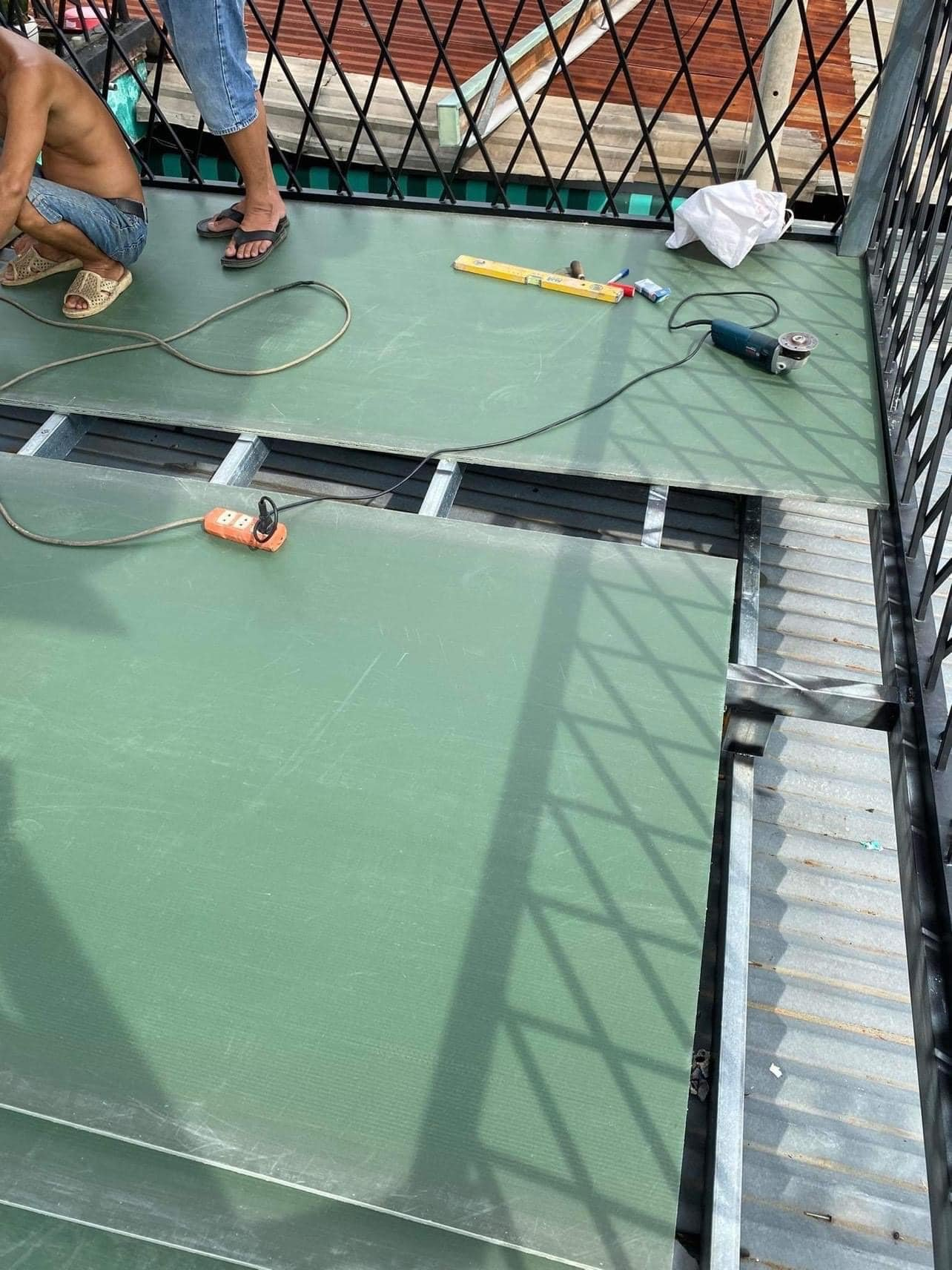
The office of Green Circle Joint Stock Company, the owner of the Xedap.vn and Xedaptot.com
chains, is located in the middle of the Sala Urban Area in District 2, Ho Chi Minh City. This is
where sports enthusiasts converge every afternoon thanks to the fresh air and spacious surroundings.
Just 300 meters away is Mai Chi Tho street, a 12-lane road that will be allocated a bicycle lane this
year.

In parallel, the leader of the Ho Chi Minh City Department of Transportation also assigned the Road
Infrastructure Management Center to complete the plan to organize bicycle priority lanes in the city
center and along the metro line. Cycling not only contributes to traffic reorganization but also brings
about many other benefits.
“Exercising is not just about getting healthy. You will find that from health to work, friendships, and
social life will all be improved,” said Peter Nguyen, Founder & CEO of Green Circle.
Before entering the “world of two wheels,” Peter Nguyen had succeeded with Buzzmetrics, a technology
company that analyzes markets based on social media platforms. He then sold it and started participating in
Iron Man competitions (a triathlon of swimming, cycling, and running). His connection with bicycles also
started from there.

We know that you previously founded a technology company in the marketing field. So, what inspired
you to “start over” in the bicycle retail industry?
I chose bicycles as my destiny. After selling Buzzmetrics, I often participated in Iron Man competitions and
began to be passionate about this sport. From there, I decided to develop a distribution network for the
Giant brand with a friend, and then we moved on to retail chains.
For me, bicycles represent a unique and fascinating world, featuring futuristic models. In many places,
such as Taiwan and the Netherlands, cycling has become a lifestyle.
How has cycling changed your life?
I live in the world of two wheels, admiring the country’s scenic beauty from my bicycle, experiencing
unique bike models, and personally designing bicycles with different aesthetics in our product range…
It’s not necessary to cycle, but I encourage everyone to exercise. After a workout, your body’s energy
will be replenished, becoming more flexible and vigorous, making your mind sharp and agile. The adrenaline
and dopamine released during exercise give you the willpower and spirit to try new things that you never
dared to do before.
When you surpass your physical limits, you won’t hesitate anymore. You’ll be motivated to step out of your
comfort zone, try new things, and become a vibrant person who can attract others into your world. You can
only do this by starting with the smallest things. That means taking on physical challenges and overcoming
psychological barriers.
Exercising is not just about getting healthy; it will bring you much more. You will find that from health
to work, friendships, and social life will all be improved. That’s what I aim for, so bicycles are not just
a sport for me.

What was the state of the bicycle market in Vietnam when you started building the Xedap.vn chain?
The bicycle market at that time was similar to the situation before The Gioi Di Dong standardized the
mobile phone retail industry or before Pharmacity and Long Chau standardized the pharmaceutical retail
industry. Most agents operated in a small, traditional model. The owners assembled the bikes themselves,
and the goods were imported from unclear sources, with inconsistent branding and pricing. Technical
services were not a priority…
Xedap.vn aims to bring standardization and build a long-term vision, linking it to the green lifestyle
and health of Vietnamese people.
What motivates people to go to professional bicycle retail stores instead of buying and selling
second-hand or going to small, traditional shops?
The reason is similar to why people choose convenience stores or supermarkets instead of traditional
markets or grocery stores. It’s about offering a modern shopping experience. Customers can see products
with clear origins, established brands, and prices ranging from low to high for each segment. The
assortment includes children’s bicycles, MTB (mountain bikes), touring bikes, folding bikes, fashion bikes,
and even electric bikes.
After-sales service is also an important factor when buying a bicycle, such as having a place to fix
assembly errors or for maintenance after a period of use. Xedap.vn meets all these requirements.


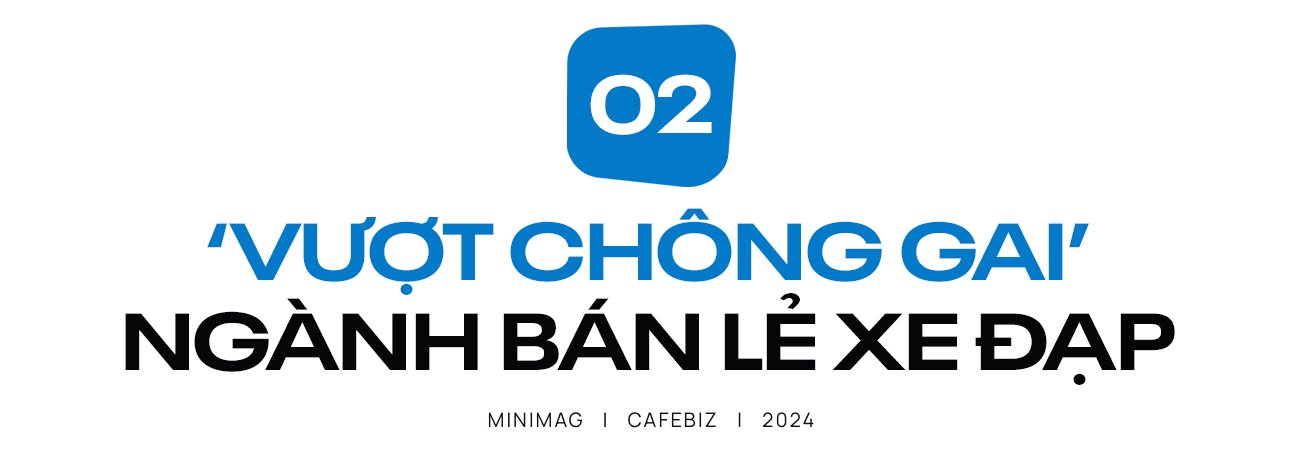
Xedap.vn experienced strong growth during the pandemic when people paid great attention to their
health. So, did you succeed right from the start?
We had to struggle a lot and experiment with different business models, such as opening a distribution
chain for the Giant brand, selling high-end bicycles, and then trying the bicycle-café model… After
several failures, we succeeded with the multi-brand retail chain model, serving diverse customer needs.
During 2020-2021, Xedap.vn performed well due to people’s heightened awareness of health. However, in the
post-COVID-19 period, we also faced challenges and had to downsize like other industries. 2023 is a year
of stabilization. Although the situation has not improved significantly, our strategy change has helped us
maintain growth.
You once set a target of having 100 Xedap.vn stores by 2025. Has this goal changed due to the
current economic situation?
We are still pursuing the goal of 100 stores, but the timeline will have to be adjusted to 2027. Currently,
we have about 30 Xedap.vn stores. We plan to open more stores next year to adapt to the economic situation.
Although the retail market is facing challenges, we are still growing and expanding, but in a wiser way,
through supermarkets and the Xedaptot.com franchise network. This franchise model has about 110 stores, even
though it has been operating for less than a year.
I believe that franchising is a suitable direction to adapt to the economic recession from 2023 until now.
Instead of opening directly owned stores, we collaborate with agents nationwide to create a model where we
provide the operating formula, support agents with store design and construction, train their staff, and
supply goods to help them develop in their respective areas.

E-commerce is a channel that has gained a lot of attention. Live streaming sales are becoming
popular. So, is Xedap.vn investing in and promoting this channel?
The bicycle industry is quite traditional. The customer’s purchasing journey requires a long consideration
period and research. Therefore, offline stores and technical services for bicycle repair are crucial. Our
business model is “from online to offline.” The online channel cannot be separated from the offline one.
Our skilled and experienced bicycle repair technicians are one of our assets. We invest in vocational
training centers, technical assembly testing centers, and certification programs to train bicycle technicians
for the entire country, not just for Xedap.vn. This is a unique aspect of the industry, requiring us to
have a long-term vision for our technical human resource strategy.
The company currently has about 260 employees, excluding agents’ staff.
Is increasing customer demand and attraction the biggest challenge in opening more stores?
In my opinion, purchasing power depends on the economy. The most fundamental thing is to ensure that our
employees not only sell bicycles but also inspire customers to live a more balanced life through cycling.
They must be cyclists themselves and spread the cycling culture and lifestyle to customers.
Many people buy bicycles as a trend, but then they stop riding. Xedap.vn’s employees are responsible for
inspiring customers to cycle. At the same time, we also encourage urban areas and authorities to build
bicycle lanes. When there is a strong cycling culture in the community, along with the development of
infrastructure and a cleaner, safer environment for cyclists, the trend will grow stronger.
These factors are not yet well-developed but are starting to emerge, such as the proposal to restrict
motorcycles in the city center, the operation of the metro system, and the opening of bicycle lanes in
some urban areas… These are very positive signals for the bicycle industry.
Therefore, Xedap.vn remains optimistic and confident in our path because what we are doing has more
significance beyond just selling products. I am also an Iron Man athlete, and my responsibility is to
inspire people around me to cycle more.

Which segment is selling the most at Xedap.vn?
In terms of quantity, children’s bicycles are the top-selling category because a family can buy up to three
bicycles for their child. One is bought when the child is 2-5 years old, then another when they are 5-9, and
finally, a larger size when they are 10-15 years old.
Second is the touring bike, a street bike with small wheels, a thin frame, and multiple uses, suitable for
training, commuting, and touring. Third is the MTB, a mountain bike with large wheels and shock absorbers,
capable of handling various terrains and ideal for adventurous activities.
In terms of growth rate, it’s best to look at price segments. This year, the focus is on the affordable
range of 3-5 million VND. The premium segment, with prices starting at 10 million VND, has slowed down due
to purchasing power.
How do you assess the potential of the bicycle retail industry in a “motorcycle country” like
Vietnam?
As the economy develops, the middle class expands, and infrastructure modernizes, people will become more
health-conscious and willing to exercise. This will drive the growth of many industries, including sports,
nutrition, health services, and beauty care… The bicycle industry will benefit from this trend.
I believe the bicycle industry has excellent long-term growth potential. The current challenges are only
temporary due to the general economic situation. In fact, we are still growing by increasing our reach
through the franchise model and product placement in supermarkets.

Another notable point is that the global bicycle manufacturing industry is shifting to Vietnam.
When the US-China trade conflict broke out, most major bicycle manufacturers started moving their
production to industrial parks in Binh Duong Province, including Giant and accessory

